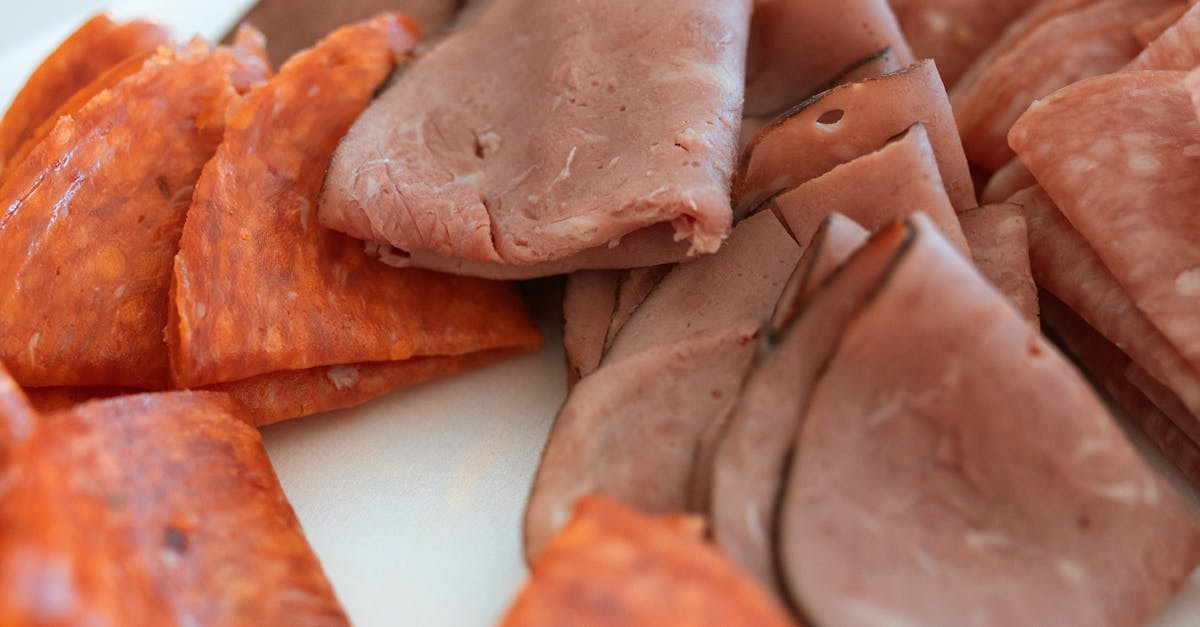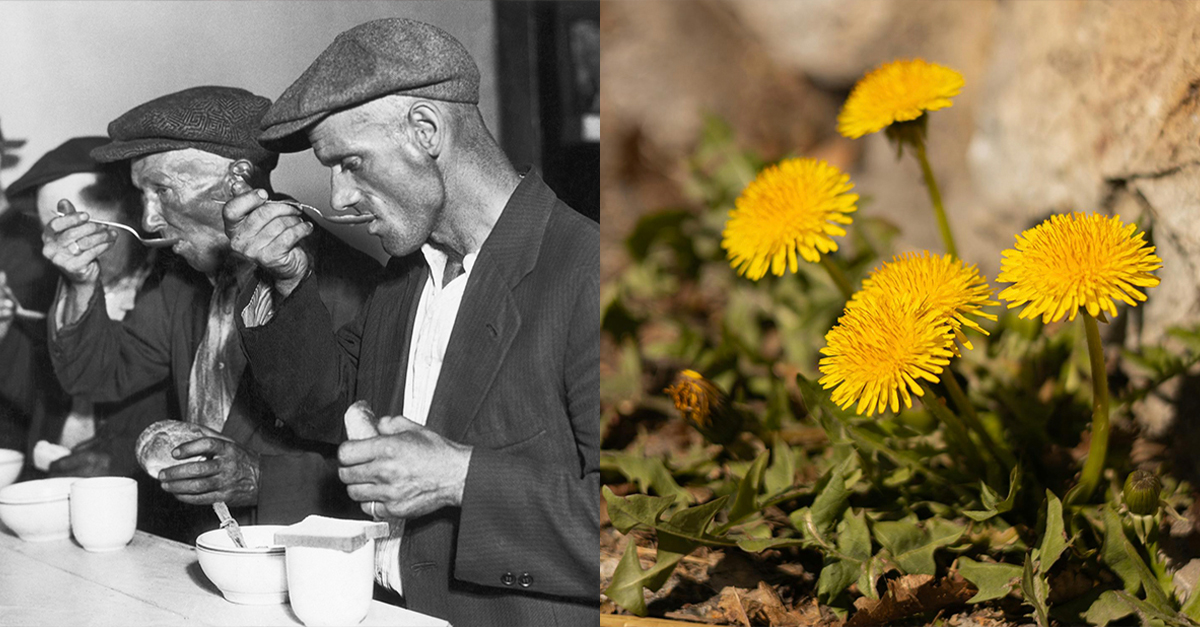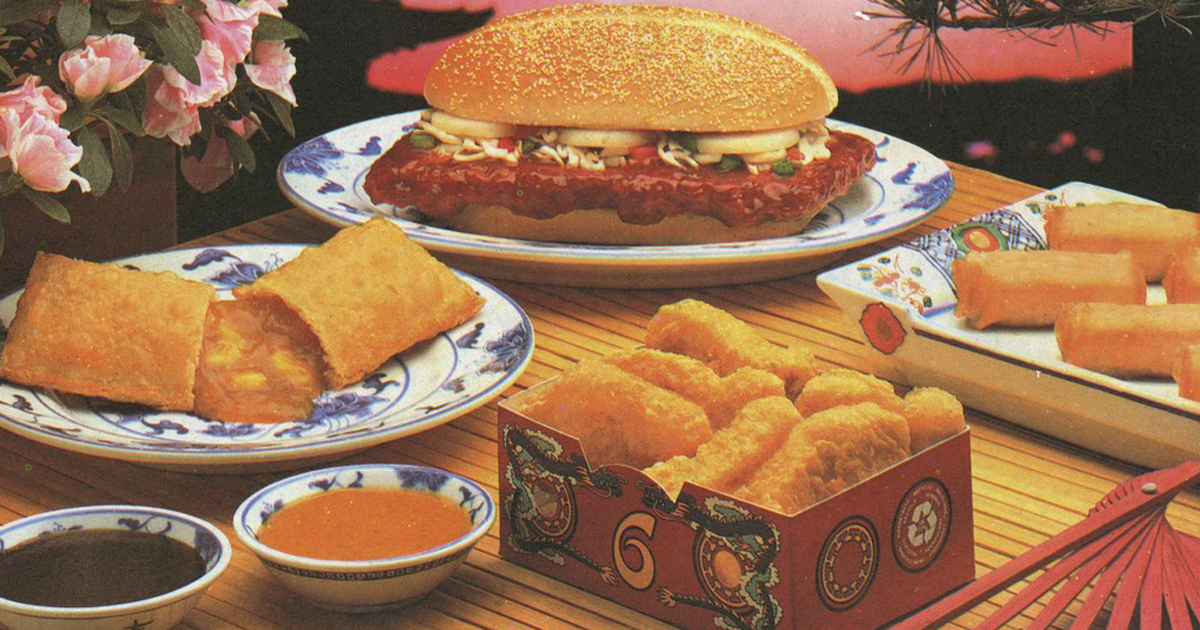Not all countries have the same food safety standards. While the US allows many food additives, the European Union takes a more cautious approach, banning many common American ingredients. The bans most often stem from health concerns. Here are ten food additives allowed in the US but banned in Europe, and the reasons behind those bans.
Potassium Bromate
This is a flour improver in breads and baked goods. Potassium bromate strengthens dough and promotes rising. But animal studies have linked it to kidney and thyroid tumors. For its potential carcinogenic effects, the EU and many other countries prohibit its use in food production.
BHA (Butylated Hydroxyanisole)
BHA is a preservative for preventing fats and oils from going bad in snacks, cereals, and processed foods. Some studies suggest that BHA may act as a potential human carcinogen, raising cancer concerns. The EU bans its use in certain food products, citing the precautionary principle for consumer protection.
BHT (Butylated Hydroxytoluene)
Like BHA, BHT is a preservative that extends shelf life by preventing oxidation. Animal studies have linked BHT to liver, thyroid, and lung tumors, not to mention potential behavioral issues. While the US allows it, the EU has banned or heavily restricted its use in food products.
Azodicarbonamide
Often added to bread dough for texture and elasticity, azodicarbonamide doubles as a chemical used in the production of plastics. Studies suggest it could cause respiratory issues and has been linked to cancer risks in animal studies. The EU bans its use over health concerns.
Propyl Paraben
Used as a preservative in baked goods, snacks, and processed foods, propyl paraben can disrupt hormone function and mimic estrogen in the body. Animal studies have shown effects on fertility and developmental issues. The EU has banned its use in food for these potential endocrine-disrupting properties.
Yellow Dye No 5 (Tartrazine)
Yellow Dye No 5 adds a bright yellow color to candies, beverages, and processed snacks. Some studies link it to hyperactivity in children and potential allergic reactions. Though still allowed in the US, the EU requires warning labels and has imposed strict limits. Some countries have banned it entirely.
Yellow Dye No 6 (Sunset Yellow)
Used in products like cereals, candy, and soft drinks, Yellow Dye No 6 has been associated with hyperactivity and allergic reactions. The EU requires warning labels and has imposed maximum limits on its use, citing studies that link the dye to potential behavioral and hypersensitivity issues.
 Photo By: Kaboompics.com, Pexels
Photo By: Kaboompics.com, Pexels
Red Dye No 40
This artificial dye is in many candies, desserts, and soft drinks. Studies have connected Red Dye No. 40 to hyperactivity in children and potential allergic reactions. It’s not completely banned in Europe, but its use is heavily restricted, and products containing it require clear warning labels.
Brominated Vegetable Oil (BVO)
BVO is used in citrus-flavored soft drinks to help emulsify the ingredients. However, it contains bromine, which can accumulate in body fat and potentially cause neurological and reproductive issues. The European Union has banned BVO from food products due to these health concerns.
Ractopamine
Ractopamine isn’t a direct food additive, but is used to promote leanness in livestock before slaughter. Its residues can linger in meat products. Studies have raised concerns about cardiovascular, reproductive, and behavioral effects in humans. The EU bans the import and sale of meat from animals treated with ractopamine.
Regulatory Differences Matter
The differences between US and European food regulations are the outcome of very different approaches to consumer safety. The US allows many additives under the assumption of safety until proven otherwise, whereas Europe often adopts a precautionary stance, banning or restricting additives with potential health risks. Regardless of where you live, it’s critical to be informed so you can make the safest food choices for you and your family.
You May Also Like:
Are You Adding Too Much Salt To Your Food?
The Most Disgusting Food From Around The World









